Summer camps are popular for children of all ages, promising fun educational activities and unique experiences through in-person gatherings. Unfortunately, when the COVID-19 pandemic spread in the summer of 2020, organizations quickly canceled group events.
Now that most areas are returning to a new normal, families are looking for fun and safe summer activities for their kids. Virtual summer camps are a great option.
The shift from in-person events to virtual gatherings
After many summer camp cancellations in 2020, camp directors opened registrations for 2021 with new health and safety standards in place, and either shifted to or provided options for virtual gatherings.
A virtual summer camp provides a great alternative for kids in areas where large gatherings aren’t allowed or for families hesitant to participate in these in-person events. While children can’t meet face to face for team-building activities or interactive games, it’s possible to recreate many of these educational opportunities in a digital space.
The benefits of a virtual summer camp
Many virtual summer camps are online versions of traditional summer camps. The goal is to provide children opportunities for entertainment, education, and engagement when they’re away from the classroom. Virtual summer camps are one way children can participate in activities and socialize and connect with new friends.
These activities happen online, eliminating the need for children to attend in person. This gives parents a way to create a fun summer for their kids without worrying about them being exposed to COVID-19.
The future of virtual summer camps
Even though virtual summer camps were initially a temporary solution in response to the pandemic, there are benefits to offering digital experiences instead of in-person events. Camp directors can cut overhead costs while continuing to provide quality services in an online environment. However, some parents don’t like the idea of children spending more time in front of a screen for camp activities.
For the moment, camp directors may continue offering both in-person and virtual options to suit the needs of their customers. But most directors don’t consider virtual camps a permanent solution.
7 tips for converting an in-person event to a virtual summer camp
How are you making adjustments to your long-standing summer camp model? Here are a few tips to help you shift your summer camp business model to a virtual platform:
- Define your model. While you can’t replace in-person interactions, some camp programs can continue in a digital space. Identify programs that allow you to use current lesson plans and curriculum with slight adjustments to accommodate online learning.
- Identify your camper. Instead of trying to provide everything to everyone, dial in your target demographic for these summer camp programs. For example, you might offer multiple types of programs for different age groups.
- Set priorities. Identify the essential activities you want to offer to determine your new priorities in the digital space. Creating a focus for your summer camp increases the quality of the experiences you provide and helps you avoid unnecessary tasks.
- Choose digital tools. Investing in the right software solutions is critical to overcoming everyday technology challenges. Not only do you need digital tools for live video events, but you also need cloud-based solutions for registrations, onboarding, hiring, and more.
- Communicate expectations. Attending a virtual summer camp will likely be a first-time experience for many families. Communicating the reality of this experience with parents and kids helps with expectation management and overall camper satisfaction.
- Create interactive experiences. Children have short attention spans when they’re watching a digital presentation. Use simple online tools to establish opportunities for two-way interactions appropriate to the age group for each camp.
- Plan small groups. The key to engagement is keeping the kids in small groups. It’s good to limit groups to six campers per counselor, even if that means you might need to hire more instructors and camp counselors.
- Request feedback. No matter how meticulously you plan for a quality camp experience, you’re likely to run into unexpected problems. Ask for feedback from campers and their families to identify ways to improve your program in the future.
Digital forms for summer camps
Whether you’re holding in-person events or planning virtual summer camps, using digital forms is an effective way to organize and streamline your systems. Jotform offers various summer camp registration and management forms, including registration forms, gear order forms, camper satisfaction surveys, parental consent forms, and more.
With Jotform, you can choose from available form and PDF templates or create your own. And you can collect information in Jotform Tables and align your team through built-in approvals.




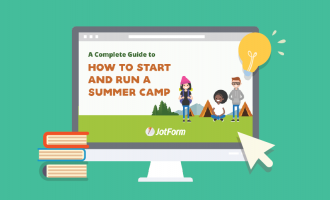


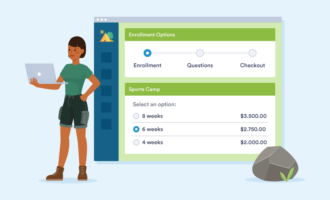







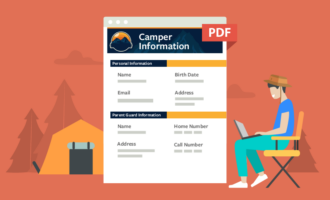








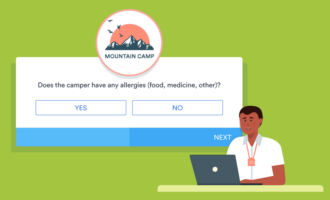



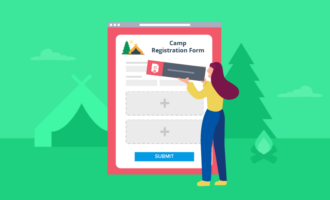




Send Comment: